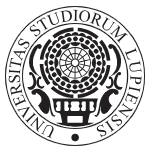Introduction
The University of Salento is a public comprehensive university located in Lecce, Puglia, southern Italy. Its predecessor was the Royal School founded in 1767. It obtained university qualifications and opened university courses in 1955. It was officially renamed the University of Salento in 2006.
Overview
Student size: 18,398 students in 2020-2021, and currently there are about 28,775 students.
Number of faculty and staff: The ratio of students to faculty and staff is about 22.6:1.
History
The history of the University of Salento can be traced back to the Royal School in 1767. After many changes and developments, it opened university courses under the name of the University of Lecce in 1955, changed its name to the University of Salento in 2006, and became a partner of the Mediterranean Climate Change Center since 2005.
Establishment time
1955.
School strength
Faculty: There are many teachers with rich teaching and research experience to provide professional guidance and support for students. For example, the School of Innovation Engineering has nearly 100 teachers who have won important awards in Italy and abroad.
Research level: The School of Innovation Engineering has undertaken 76 regional, national and international joint research projects, obtained 15 research patents, and the total funding for research projects exceeds 20 million euros.
International cooperation: It is a member school of the EU Erasmus project, has more than 130 Erasmus partners and 50 cooperation agreements with other universities, and actively carries out exchanges between students and faculty and scientific research cooperation.
Institutional nature
Public university.
Educational philosophy
Focus on cultivating students' innovation ability, communication ability and cross-cultural communication ability, and is committed to providing students with an international learning environment and high-quality educational resources to promote the development of regional economy, culture and knowledge.
Key laboratories and disciplines
Key laboratories: The School of Innovation Engineering is equipped with 78 research laboratories, 7 research centers and 2 professional libraries.
Advantageous disciplines: The engineering and technology discipline ranks among the top 600 in the world in 2024, and has a strong technical foundation in renewable energy, mechanical engineering and construction engineering. Its cultural major was ranked 2nd in the Italian public university rankings in 2002. 1, and structural science ranked 7th.
Faculty
The school has 8 colleges, including the School of Education, the School of Literature and Philosophy, the School of Economics, the School of Foreign Languages and Literature, the School of Cultural Relics, the School of Engineering, the School of Mathematics, Physics and Natural Sciences, and the School of Law.
Ranking
2025 Times Higher Education World University Rankings: 801-1000.
2024-2025 U.S. News Best University Rankings: 822nd in the world, 299th in Europe.
Expenses
As a public university, tuition is waived, and only a small registration fee is required each year. The cost of living in Italy is relatively low, and the average annual cost of studying abroad is about 100,000 yuan. In addition, the school also provides scholarships and grants for outstanding students.
Campus Environment
Geographical location: Located in Lecce, southern Italy, it is known as the "Baroque Florence". Unique Baroque-style churches, residences and old neighborhoods can be seen everywhere in the city. It is only a 30-minute drive from the beach and there are rich tourist resources around it.
Teaching facilities: The campus is a perfect fusion of historical and modern architecture. 16 The Charles V Castle in the 18th century is one of its landmark buildings. It has now become the central administrative building of the university. There are also two museums on campus, namely the Papyrus Museum for Egyptology and the Historical and Archaeological Museum with a large collection of cultural relics. In addition, there are libraries and sports facilities for students to use.
Living facilities: The school cafeteria is subsidized by the government. A full meal for registered students in the cafeteria costs only about 2.5 euros. The surrounding living facilities are complete and can meet the daily needs of students.
-
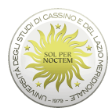
University of Cassino and Southern Lazio
-

University of Campania Luigi Vanvitelli
-
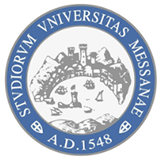
University of Messina
-
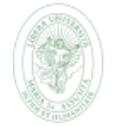
Libera Universita degli Studi Maria SS. Assunta di Roma (LUMSA)
-
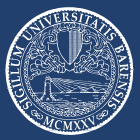
University of Bari Aldo Moro
-
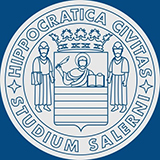
University of Salerno
-
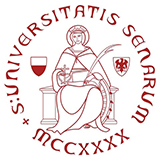
University of Siena
-
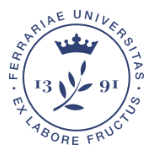
University of Ferrara
-
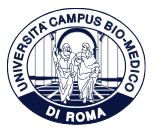
Campus Bio-Medico University of Rome
-
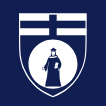
University of Genoa
-

Mesoamerican University
-

Istmo University
-

Mariano Galvez University of Guatemala
-

Regional University of Guatemala
-

Galileo University
-

Francisco Marroquín University
-

Rafael Landívar University
-

University of the Valley of Guatemala
-

University of San Carlos of Guatemala
-

Technological Institute of Tlaxcala Plateau
-

Golfo University
-

Technological University of South Sonora
-

Technological University of Huejotzingo
-

Tizimín Institute of Technology
-

Chilpancingo Institute of Technology

